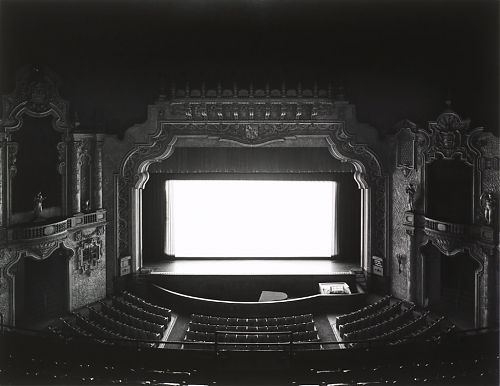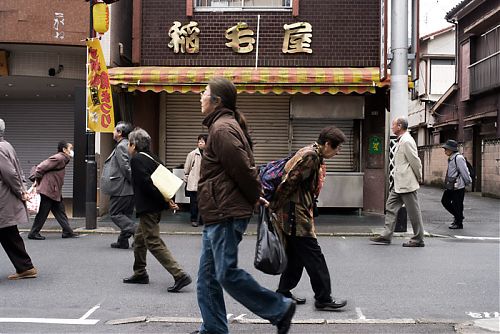Point: some of U2’s music is awesome. Achtung Baby and The Joshua Tree in particular are certified classics, with songs that I’ll probably never get tired of hearing. “Where The Streets Have No Name” is an obvious choice, but most of the songs on these albums are pretty good.
Counterpoint: a lot of their other music is boring, despite what Jon Pareles might say. Bono has become legendary not just for his voice, but for his ego, too. There’s a feeling about U2 that they will carry on interminably, probably until they become some sort of sideshow like The Rolling Stones.
Point: Hiroshi Sugimoto is one of the most compelling photographers on the international scene. His exhibit at the De Young museum is my favorite, ever—I would go there at least once every weekend, sometimes twice, and soak up the images there. His movie theaters, seascapes (used on the album cover), dioramas and “Sea of Buddha” have all affected me. He’s also a clear writer: each section of the De Young exhibit came with an insightful but concise explanation of the images.

Canton Palace, Ohio, 1980
Counterpoint: For as many great works as he puts out, Sugimoto is sometimes prone to flights of fancy. His images of mathematical formulas are weak, and the images he made of an empty 10,000 square foot loft in Tokyo, painted all white (the idea was to bring out different shades of white around corners) was decadent, to say the least.
Resolution: I think Sugimoto is saying “I’M THE OSIRIS OF THIS SHIT,” and no one can dispute this. I don’t believe in the concept of “selling out”—as long as an artist’s work is still good, why should anyone be angry if it gets wide distribution? In one move, Sugimoto has broadcasted his image around the world, in unadulterated form no less. It’s easy to imagine Bono’s supreme smugness over this deal, but who cares. I hope the seascape image blows people’s minds in the strange corners of the world where this album is bound to show up, by hook or by crook. Who needs going viral anyway?

